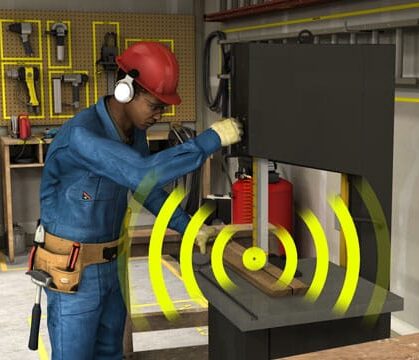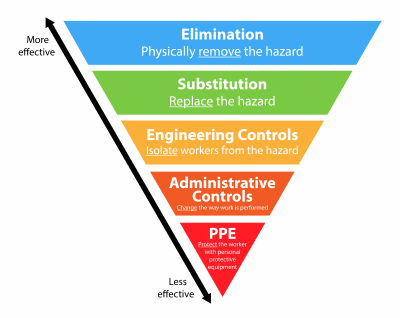
Bloodborne Pathogens Course: Scenario Challenge
Industry:
Solution:

Bloodborne pathogens are microorganisms such as viruses or bacteria that, if present in blood, can cause disease in humans. These pathogens can be transmitted from an infected person to a healthy person via contact with infected blood or other bodily fluids. This online safety training course outlines actions your employees can take to drastically reduce the chance of exposure to bloodborne pathogens. By adapting workplace practices based on the nature of the work being done, employees can minimize exposure risks effectively.
Branching Technology for a Personalized Learning Experience
Our Bloodborne Pathogens course now features branching technology, an eLearning technique that tailors the learning experience based on the choices or responses of the learner. Instead of a one-size-fits-all approach, learners can navigate through customized scenarios, content, or questions that reflect their unique decisions. This interactive approach increases both engagement and the relevance of the training by allowing learners to explore different outcomes based on their understanding and actions.
Watch the course preview to experience how branching works in this scenario challenge. In the preview, you’ll follow a learner who selects “administrative controls” during the quiz. The course then walks them through how administrative controls can help, but explains how “engineering controls” is technically the best choice for reducing exposure and why.
Request a demo today and learn how you can deliver foundational safety training for your workforce and achieve compliance.
Video Transcript
Below is the full transcript of the video, providing a detailed walkthrough of the course and how branching can reinforce critical safety steps.
During routine waste disposal activities in the assembly area, Jacob sustained a needle stick injury while collecting the garbage.
Investigation revealed that a used needle had been disposed of in a general waste bin. Jacob is at risk of exposure to blood borne pathogens, including HIV, hepatitis b, and hepatitis c, which could result in severe health complications.
You’ve chosen administrative controls.
Let’s see how that might improve Jacob’s outcome. First, we need to find out where the needle came from.
After using an insulin syringe, Chris recalls the importance of proper waste disposal from his company’s mandatory training and looks for a sharps container to dispose of the needle. He accidentally drops the needle cap on the floor and cannot find it. Since there isn’t a sharps container, he wraps the needle in a paper towel and tosses it in the general garbage can. Sometime later, Jacob collects the trash by removing the trash bag from the garbage can. As he lifts the trash bag, it starts to slip, so he grabs the side of it with his other hand. At that moment, the discarded needle pokes his hand, and he gasps. Dropping the trash bag, he calls for help.
While implementing administrative controls, such as mandatory training, can help emphasize the importance of proper waste segregation, handling, and disposal procedures, the needle stick incident underscores the critical importance of implementing engineering controls.
By addressing the root causes identified and implementing comprehensive corrective actions, the company can mitigate risks associated with improper waste disposal and uphold its commitment to employee health and safety.












